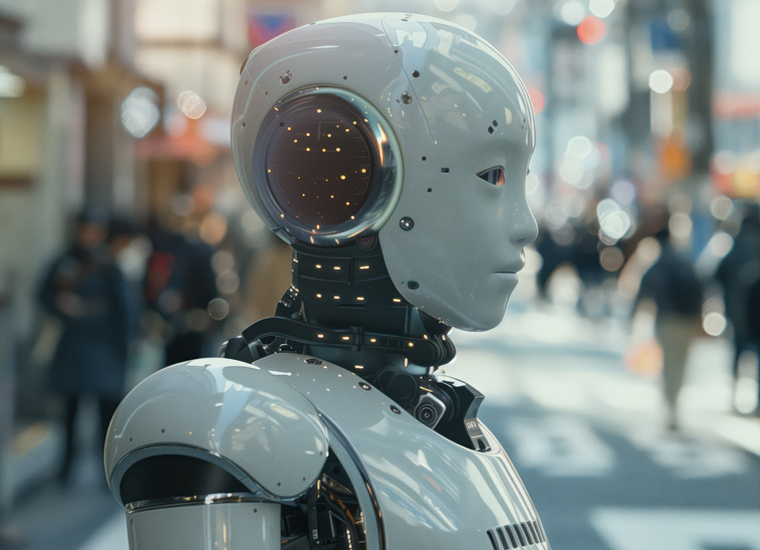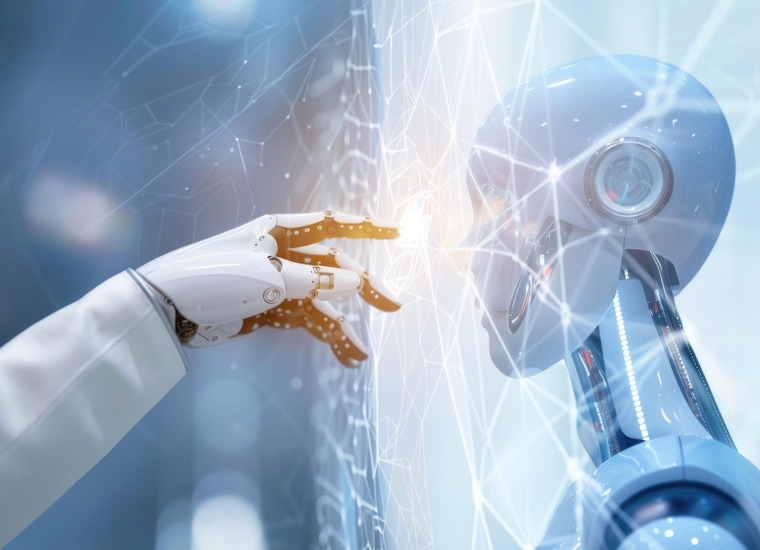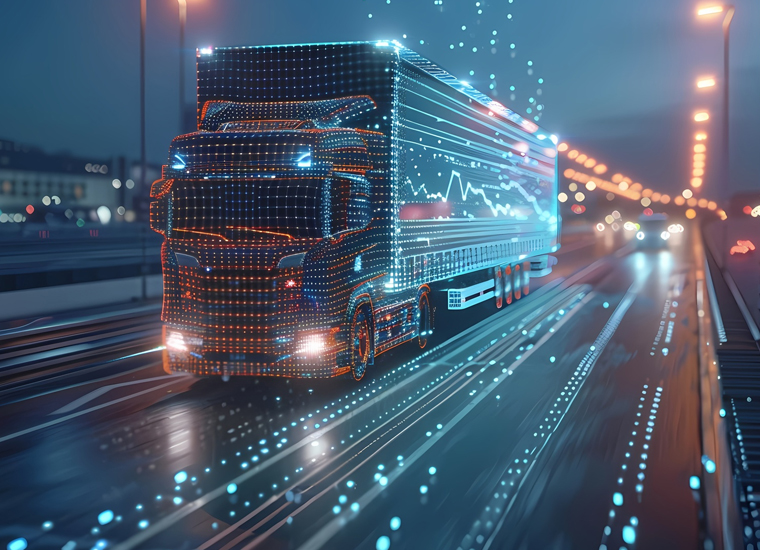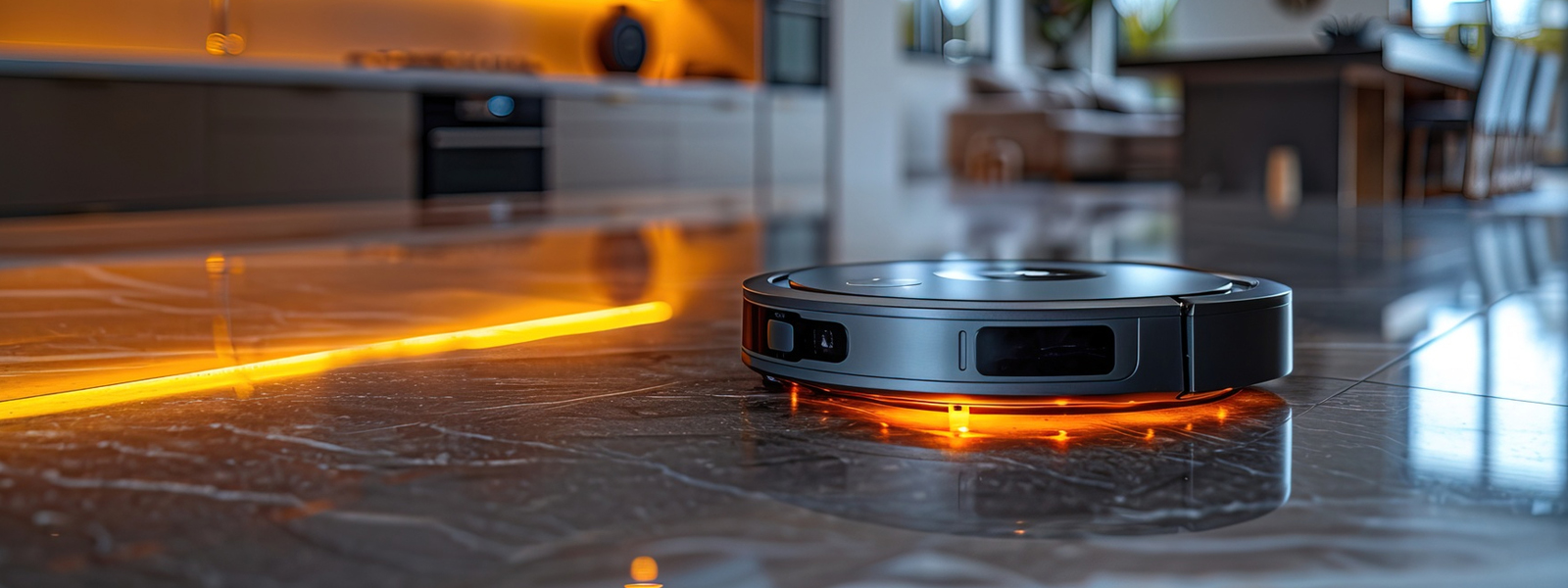AGP China Technology Report - Cleaning Robots
Table of Contents
Page Section
03 Technology Overview
07 Historical Development Timeline
09 Product Differentiation
14 China Technology Ecosystem
17 Sino-Foreign Collaboration
19 Common Applications In China
23 Government Policy Support
26 Impact On Market Incumbents
29 Final Conclusion
30 Appendices
1.1 Global Snapshot
Definition and Classification
Cleaning robots are autonomous devices designed to perform various cleaning tasks without human intervention. They are broadly categorized into:
- Floor Cleaning Robots: Primarily robotic vacuum cleaners that navigate and clean floor surfaces.
- Window Cleaning Robots: Devices that adhere to glass surfaces to clean windows, particularly in high-rise buildings.
- Pool Cleaning Robots: Submersible robots designed to clean swimming pools.
- Lawn Mowing Robots: Autonomous machines that maintain lawns by mowing grass.
Key Technologies
The functionality and efficiency of cleaning robots are underpinned by several core technologies:
- Artificial Intelligence (AI) and Machine Learning: Enable robots to learn and adapt to their environments, optimizing cleaning patterns and improving obstacle avoidance.
- Sensor Integration: Utilization of LiDAR, ultrasonic, and infrared sensors for precise navigation and mapping.
- Internet of Things (IoT) Connectivity: Allows remote monitoring and control via smartphones or smart home systems.
- Advanced Power Systems: Incorporation of energy-efficient batteries to extend operational time and enhance performance.
Global Market Overview
The global cleaning robot market has experienced significant growth, driven by technological advancements and increasing demand for automation in household and commercial cleaning. In 2023, the market was valued at approximately USD 4.19 billion and is projected to reach USD 12.81 billion by 2031, growing at a compound annual growth rate (CAGR) of 22.9% during the forecast period.
Key Players and Innovations
Prominent companies in the cleaning robot industry include:
- iRobot Corporation: Known for its Roomba series of robotic vacuum cleaners.
- Ecovacs Robotics: Offers a range of home service robots, including the DEEBOT series.
- Neato Robotics: Specializes in intelligent robotic vacuum cleaners with advanced navigation systems.
- Samsung Electronics: Provides robotic vacuum solutions integrated with smart home ecosystems.
- LG Electronics: Develops robotic vacuum cleaners with AI-powered features.
Recent innovations focus on enhancing navigation capabilities, integrating voice control through AI assistants, and improving cleaning efficiency through multi-functional designs.
1.2 China Snapshot
Market Position and Domestic Capabilities
China has emerged as a significant player in the cleaning robot market, leveraging its robust manufacturing infrastructure and technological advancements. In 2023, the Asia Pacific region, with China as a major contributor, held a substantial revenue share of over 30% in the global cleaning robot market.
Leading Firms and Product Offerings
Several Chinese companies have made notable contributions to the cleaning robot industry:
- Xiaomi: Offers a range of affordable and feature-rich robotic vacuum cleaners, such as the Mi Robot Vacuum series.
- Ecovacs Robotics: A domestic leader with a diverse portfolio, including the DEEBOT series, catering to various consumer needs.
- Roborock: Known for high-performance robotic vacuum cleaners with advanced navigation and mopping capabilities.
National Policies and Industrial Targets
The Chinese government has implemented policies to promote the development and adoption of robotics, including cleaning robots. Initiatives such as the "Made in China 2025" plan emphasize the advancement of high- tech industries, including robotics, to enhance domestic innovation and global competitiveness.
Cost-Performance Edge and Application Scaling
Chinese manufacturers have achieved a competitive edge by offering high-quality cleaning robots at competitive prices, facilitating widespread adoption in both residential and commercial sectors. The integration of AI and IoT technologies has further enhanced the functionality and appeal of these products.
Alignment with National Goals
The deployment of cleaning robots aligns with China's strategic objectives, including:
- Addressing Demographic Shifts: Mitigating labor shortages due to an aging population by automating routine tasks.
- Industrial Upgrading: Enhancing productivity and efficiency in various sectors through automation.
- Smart City Initiatives: Contributing to the development of intelligent urban environments with automated maintenance solutions.
1.3 Strategic Significance and Use Cases
Global and China-Specific Market Estimates
The cleaning robot market is poised for substantial growth:
- Global Forecasts:
- The market is projected to reach USD 20.97 billion by 2030, growing at a CAGR of 22.9% from 2023 to 2030.
- Another estimate anticipates the market to hit USD 48.45 billion by 2034, with a CAGR of 23.10% from 2024 to 2034.
China-Specific Estimates:
The Asia Pacific cleaning robot market, with China as a key contributor, is projected to be worth around USD 15.26 billion by 2034, growing at a CAGR of 23.10% from 2024 to 2034.
Growth Scenarios
Three potential growth scenarios for the cleaning robot market include:
- High Growth: Rapid technological advancements, decreasing costs, and strong consumer adoption drive accelerated market expansion.
- Medium Growth: Steady technological progress and moderate adoption rates result in consistent market growth.
- Low Growth: Market expansion is hindered by high costs, technological challenges, or limited consumer acceptance.
Market Segmentation
The cleaning robot market can be segmented by:
- Application Domain:
- Residential
- Commercial
- Industrial
- Customer Segment:
- Individual Consumers
- Businesses
- Healthcare Facilities
- Geography:
- North America
- Europe
- Asia Pacific
- Rest of the World
Use Cases
Cleaning robots are utilized in various settings:
- Residential: Automating household cleaning tasks, enhancing convenience and efficiency.
- Commercial: Maintaining cleanliness in offices, hotels, and retail spaces, reducing labor costs.
- Industrial: Ensuring hygiene in manufacturing facilities and warehouses, adhering to safety standards.
- Healthcare: Disinfecting hospital rooms and equipment, minimizing infection risks.
Policy Relevance and Tech-Industry Integration
The proliferation of cleaning robots has significant policy implications:
- Labor Market Impact: Potential displacement of low-skilled workers necessitates workforce reskilling initiatives.
- Regulatory Frameworks: Development of standards to ensure safety, privacy, and interoperability of cleaning robots.
- Industry Collaboration: Encouraging partnerships between tech companies and traditional cleaning service providers to foster innovation and adoption.
In conclusion, the cleaning robot industry represents a dynamic and rapidly evolving sector with substantial growth potential. Technological advancements, particularly in AI and IoT, coupled with increasing consumer demand for automation, are driving the expansion of this market globally and within China.
AGP Insights
Download PDF.
Your PDF report was sent successfully to your inbox!
Related Insights.











